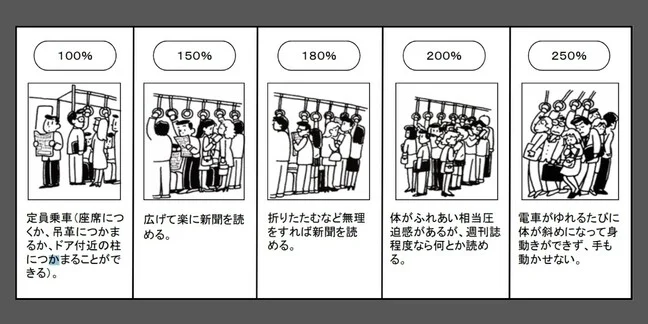A long overdue thread of my experience on the Xiamen BRT, a 67km long fully grade separated BRT that carries over 300,000 people per day and wants to be a metro.
I headed out to Wenzao Station on Xiamen Metro Line 1. I was surprised that the BRT was even mentioned on the passenger info LCD and when arriving at the station maps and wayfinding have references to the BRT. This is not a common practice in E Asia.






Many Xiamen Metro stations have bus arrival information screens of nearby bus stops, quite uncommon in other Mainland Chinese cities but is common in Taipei. This one even as a portion dedicated to the Xiamen BRT.
https://x.com/JRUrbaneNetwork/status/1725180901586555204
When you exit the Wenzao station you are greeted with a path with overhead canopies that take you to the BRT station.




I then see the BRT which is a fully elevated isolated system. When it was built in the 2000s it was quite unique in the world. Now some BRT lines (particularly with Chinese involvement) like Mexico City, Jakarta or Islamabad have adopted this design. 

On the fare front, the fares are not 100% integrated with the Xiamen Metro especially if you use single journey tokens. which the Metro and BRT are separate systems. So I have to buy another fare when going between Metro and BRT (tho the BRT fare is very low).




The star of the show, the Xiamen BRT, fully grade separated, electric buses, Platform Screen Gates, frequency of every 1 min.
The actual network of the Xiamen BRT, has 3 branches with a number of different K-series (快 "kuai" or fast) services. Sadly no express services all are all stop. 

All Xiamen BRT stations have Platform Screen Doors and all BRT buses are low floor with level boarding, but Xiamen BRT still felt they need to have retractable gap fillers.
An the PSDs are worked hard, as again there are buses every minute and they do come in platoons.
The stations are designed to double berth two articulated buses to improve bus throughput.
As for the buses Xiamen BRT uses electric buses with supercharger capability. 12m standard buses and 18m articulated buses are used. The buses are manufactured by the home team Xiamen based King Long.
So I took the BRT west to one of the termini (Pier 1 Station) which is a massive elevated loop with multiple separate berths for boarding and aligning as well as areas for charging buses. 

The terminal is massively built to handle the large volume of buses the BRT runs. Note the areas for charging buses in the background.
The ground level of the BRT station is a mall which seems to have "taken inspiration" from Line 14 Yuyuan Station on the Shanghai Metro. Also there is a Burger King.




The BRT station, being it is named Pier No. 1, has connections to a ferry pier with ferries going to Gulangyu.


https://x.com/JRUrbaneNetwork/status/1789472757534863544


I get back into the buzzing BRT Station. Again passing thru the middle floor with all the bus supercharging infrastructure.






And off I go...
I disembark at Huli Innovation Park and get the same BRT to Metro transfer treatment (this time to Xiamen Metro Line 3, covered walkways to and from the metro, integrated wayfinding and metro passenger information in the BRT station.




The Xiamen BRT also has elevated active transport bridges that run along it for cyclists tho it seems pedestrians also have infiltrated it.


The transfer from the BRT to Metro is similar Wenzao and feels like a transfer between two metro lines in China.






I then take the Metro back home.
So thanks for reading this thread. For more public transport news and reviews: Like, Share and Subscribe. Slap that bell for future notifications.
• • •
Missing some Tweet in this thread? You can try to
force a refresh











































